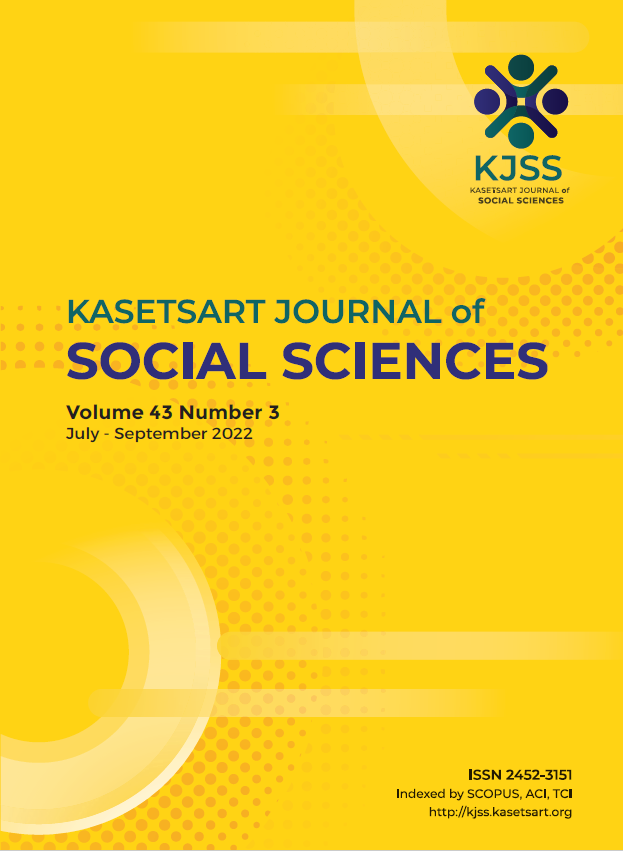The possibility of using electronic monitoring devices to supervise drug offenders in the Eastern Economic Corridor (EEC)
Keywords:
criminal justice, diversion programmes, Eastern Economic Corridor, electronic monitoring, narcoticsAbstract
This research aimed: (1) to investigate best practices, problems, and hindrances related to the redirecting of offenders from the justice system applied by other countries; (2) to explore public attitudes towards the use of electronic monitoring devices for developmental approaches; and (3) to propose suggestive approaches for the supervision of offenders using electronic monitoring devices in the EEC to the Ministry of Justice and the Ministry of Labor. This research applied mixed methods including in-depth interviews with eight key informants. In addition, the researcher collected quantitative data from 1,240 samples available from three provinces: Chonburi, Rayong, and Chachoengsao. The analysis of the quantitative data revealed that the 574 samples in the EEC or 44.11 percent agreed with the application of electronic monitoring devices to the supervision of drug offenders who were drug addicts and dealers possessing heroin or other drugs of less than 20 grams and the employment of drug offenders with minimum wage. The research recommended four approaches for the supervision of defenders using the electronic monitoring system: (1) having offenders work in industrial factories instead of being imprisoned; (2) having offenders who have completed at least one-third imprisonment period wear electronic monitoring devices and allowed to work in an industrial factory instead of imprisonment; (3) carrying on the Correction Industrial Estate Project as piloted in Ban Bueng Temporary Prison, Chonburi, in November 2020; and (4) organizing a one-day working program where imprisoned persons would be allowed to leave for work in the morning and come back in the afternoon.
Downloads
Published
How to Cite
Issue
Section
License

This work is licensed under a Creative Commons Attribution-NonCommercial-NoDerivatives 4.0 International License.
This is an open access article under the CC BY-NC-ND license http://creativecommons.org/licenses/by-nc-nd/4.0/










